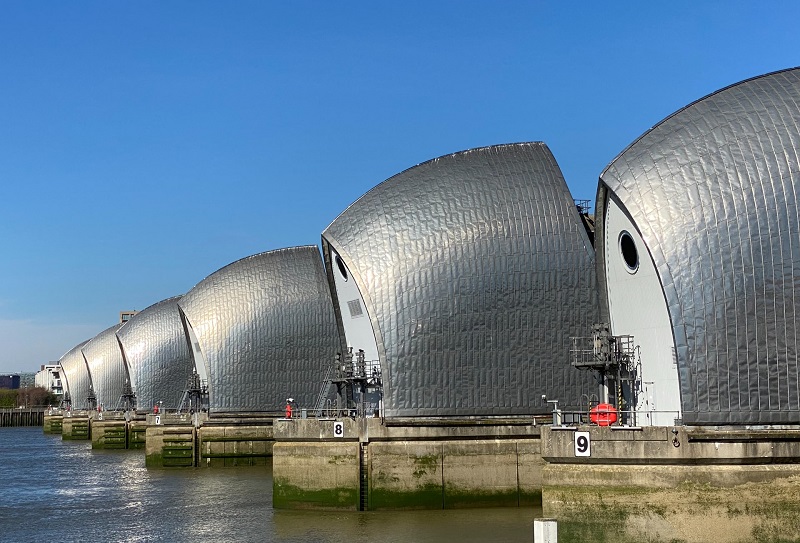If you are in the construction business, you will come across various products that are going to be used in various products. Their role cannot be undermined. Using the right type of products during construction ensures timely completion of the project without any chaos at the construction site. One such important product that we are going to highlight here is weather barrier wraps. There are weather barriers and vapor barrier wraps also, depending on the kind of coverage that you want. There are so many options in the market. But when it comes to choosing the one for your project, you have to pick the one that matches the quality standards specified by the International Code Council Evaluation Service. This blog highlights some of the key features that you must take into account. The right way of including barrier wraps saves the overall insulation cost and keeps your home safe and enhances thermal performance.
Key Characteristics Of Weather-Resistive Barriers:
 |
| Weather Barrier Wraps |
If you are going to buy a house wrap, then you must know about the key criteria that it should follow to ensure longevity and durability. Here are a few important aspects that you should not miss:
- Water holdout: The first parameter you must consider is the water resistance feature. Water can be a cause of damage to the construction work. A good quality weather barrier wraps should pass the water ponding test and hydrostatic pressure test.
- Air Resistance- This is yet another important feature. It stops the uncontrolled flow of air into and out of the enclosure. Since the air barrier separates the indoor environment from the outside, it plays a crucial role in maintaining the energy efficiency and comfort of the building.
- Durability- When investing in building wrap, its durability plays an important role. The tear resistance feature and tensile strength define the durability of the weather barrier wrap and define its ability to withstand the handling and application process. They can be used both for domestic and commercial applications. The ones which are of high quality, are completely inert to mold and mildew.
- Vapour Permeability- To achieve the desired balance of moisture protection and breathability, the builder should aim at 10-20 perms. If the vapour permeability is too high, it can lead to a flow of water back into the wall cavity, and if it is too low, then the outward drying potential of the wall is compromised.
- Drainage- It is important to check the drainage of the weather barrier wraps, as it shows the capacity of the house wrap to prevent damage from moisture.
- Flammability- When designing wall assemblies, the contract must ensure that the wall system should meet all the applicable fire codes. The contractor must get NFPA 285 testing for the exterior walls, which are more than 40ft. In height.
- Installation- You may invest in the best quality weather barrier wraps, but that is not sufficient. Its proper installation is equally important. The right way of installing a house wrap is to be from the foundation, taking it upwards. Make sure that you thoroughly cover the joints. In the case of horizontal seams, the overlapping should be 6 inches, and in the case of vertical seams, the overlapping should be between 6 inches and 12 inches.
 |
| Weather Barrier Wraps |
Conclusion
This was the basic information about the key characteristic of weather barrier wraps. But the right installation depends upon the contractor. Hence, your primary emphasis should be to choose an experienced contractor who knows how to use the right weather barrier wraps to stop drying, growth of mildew and in the reduction of interior water vapor from the building.






0 comments